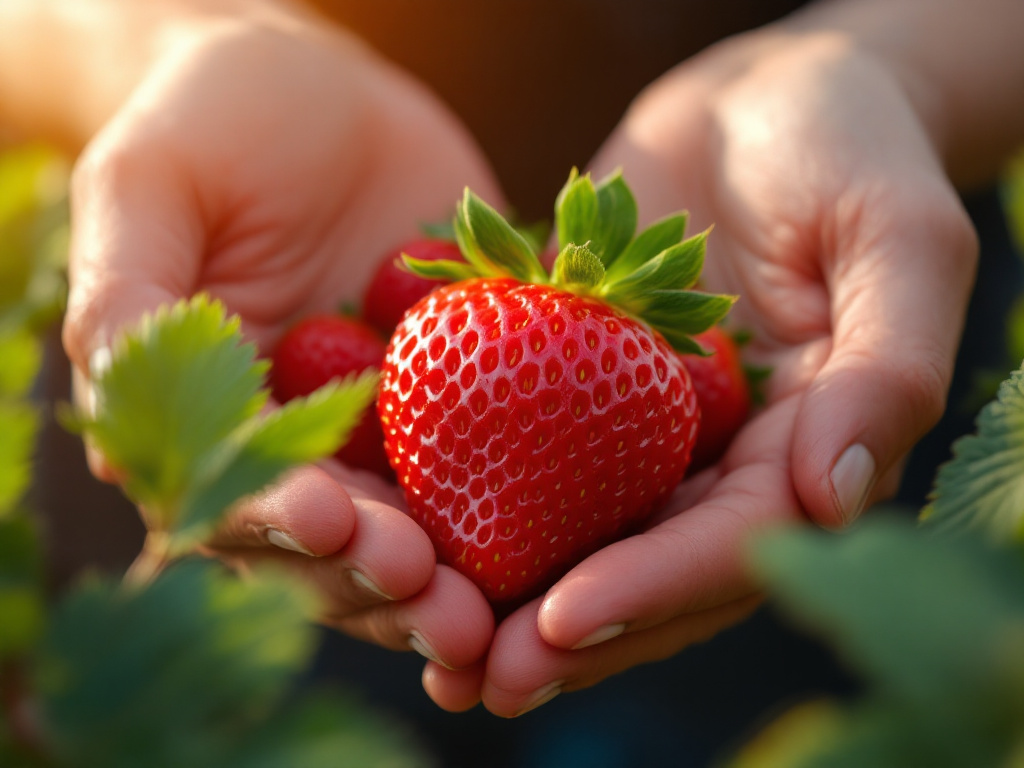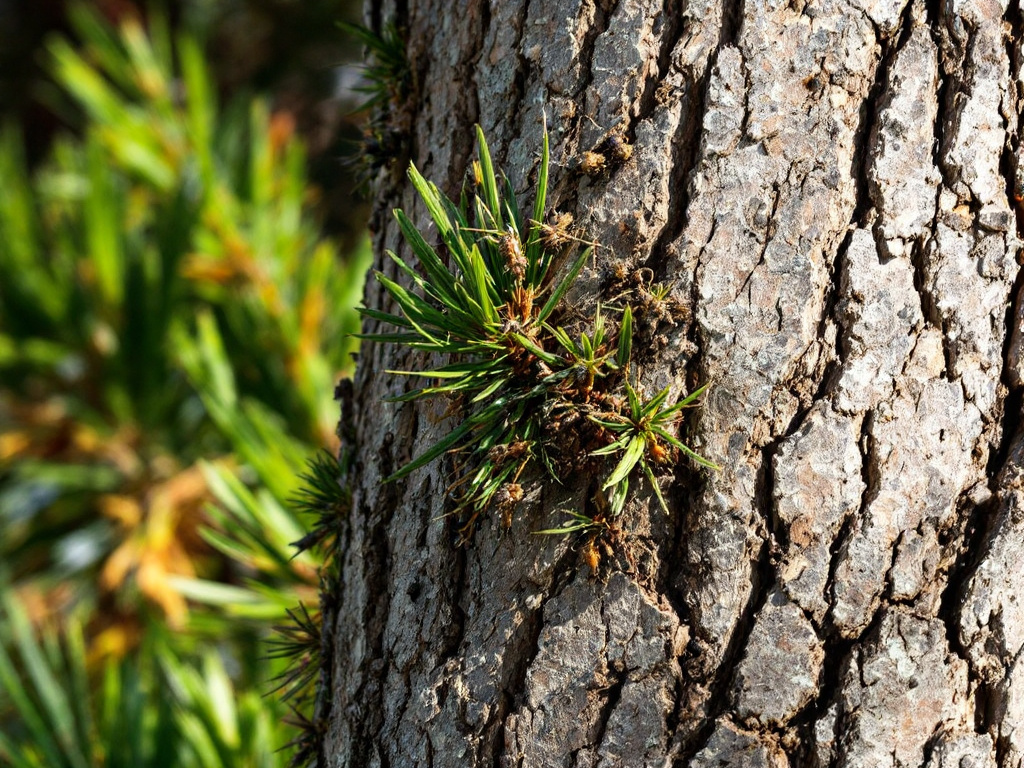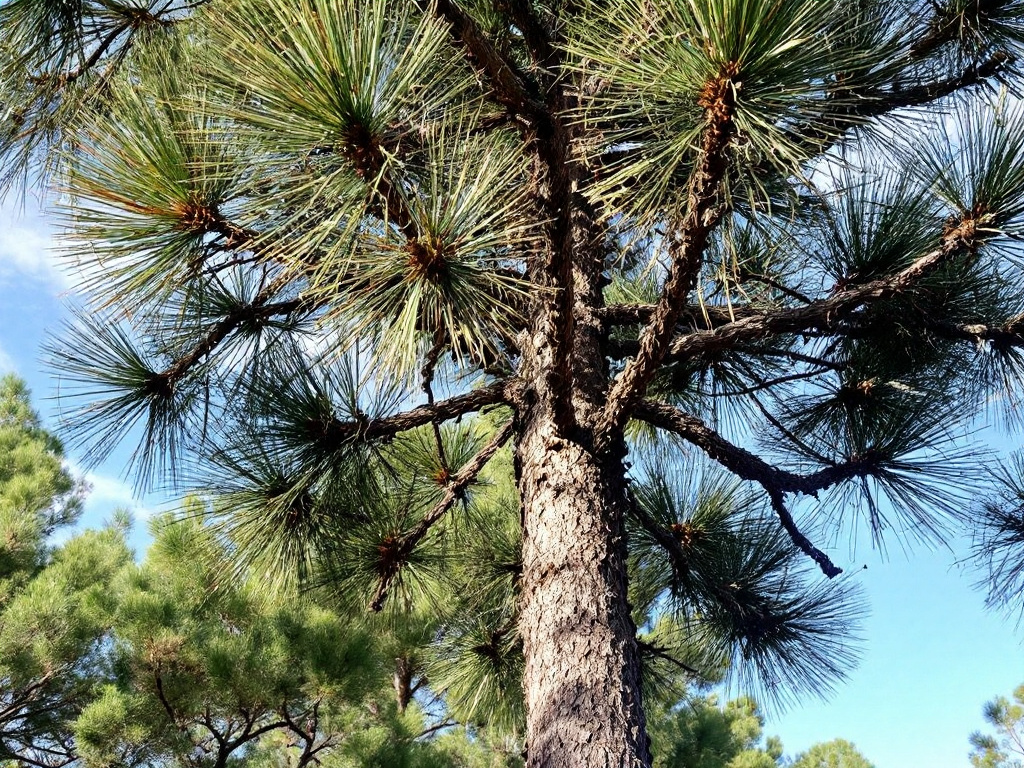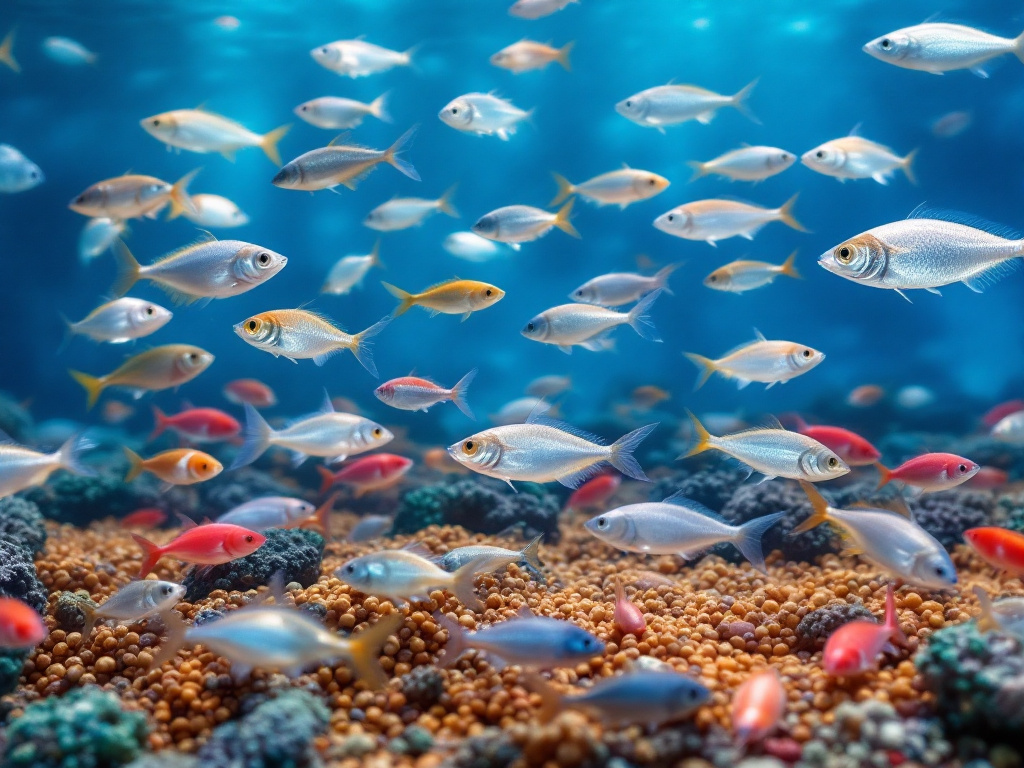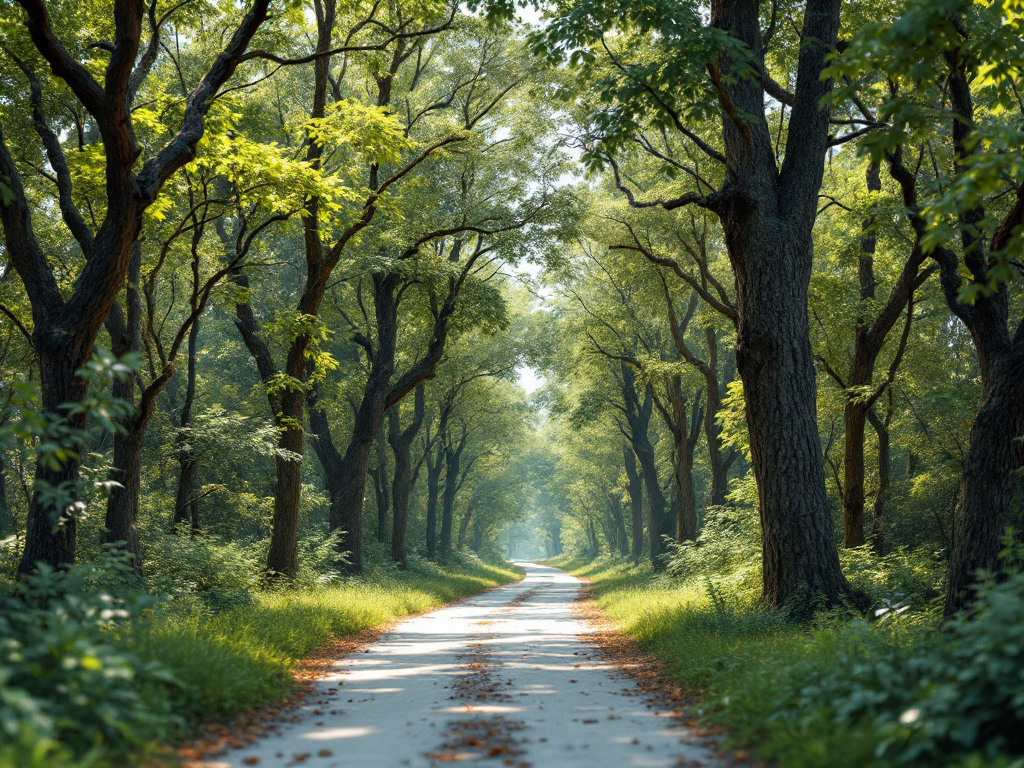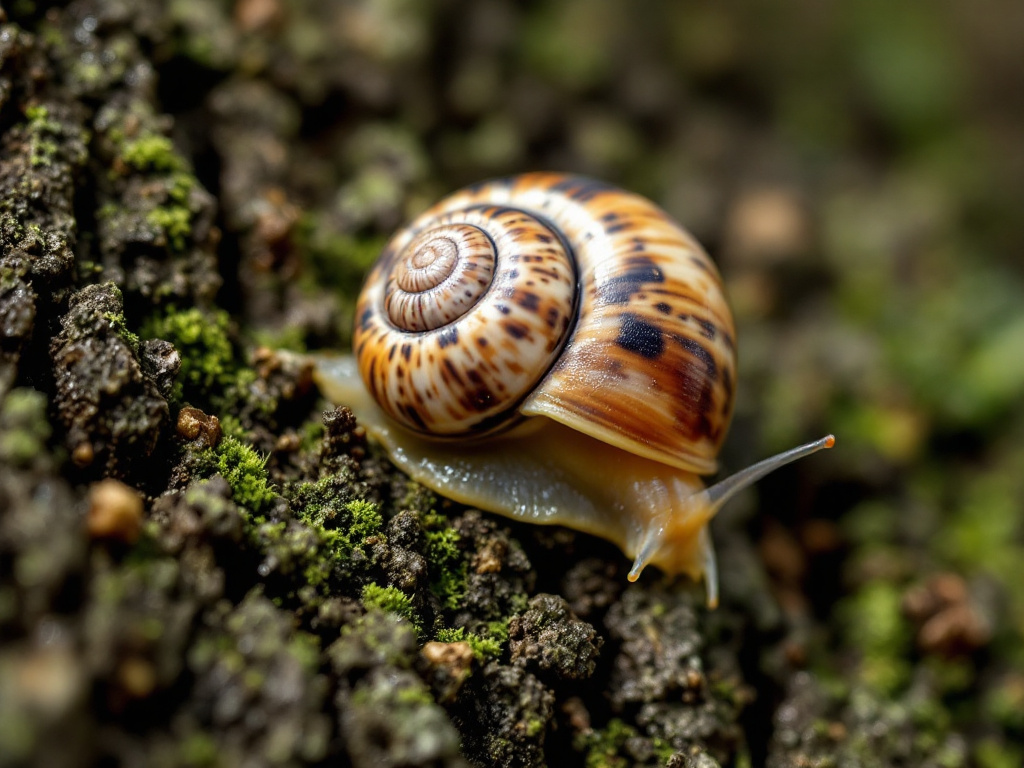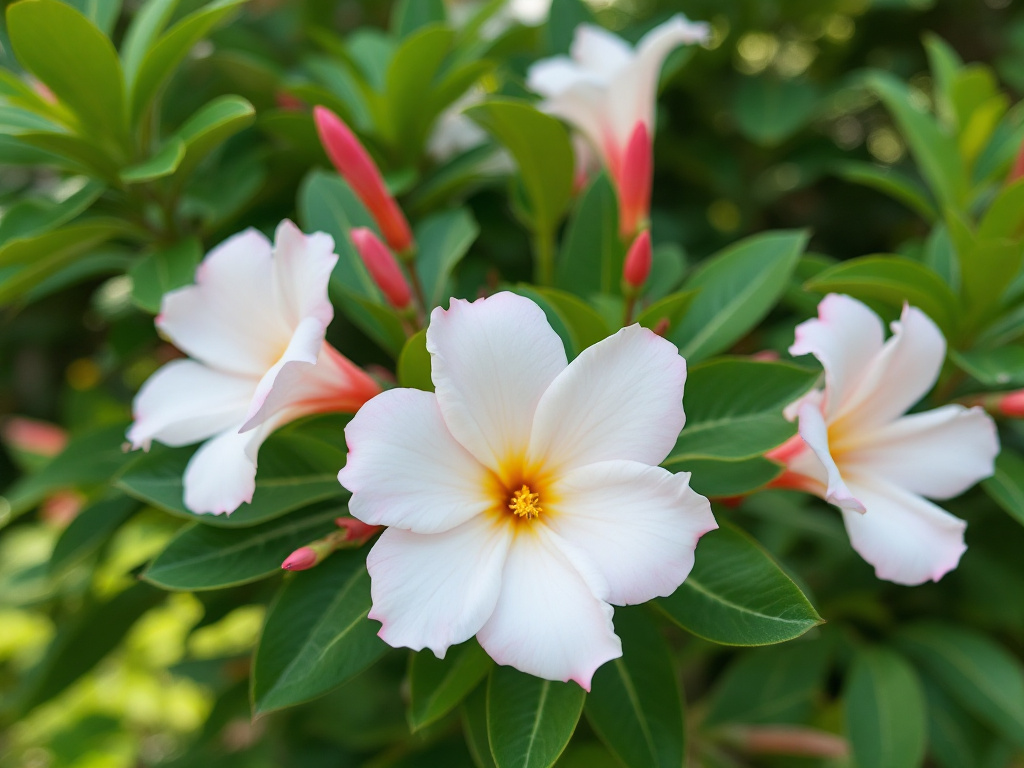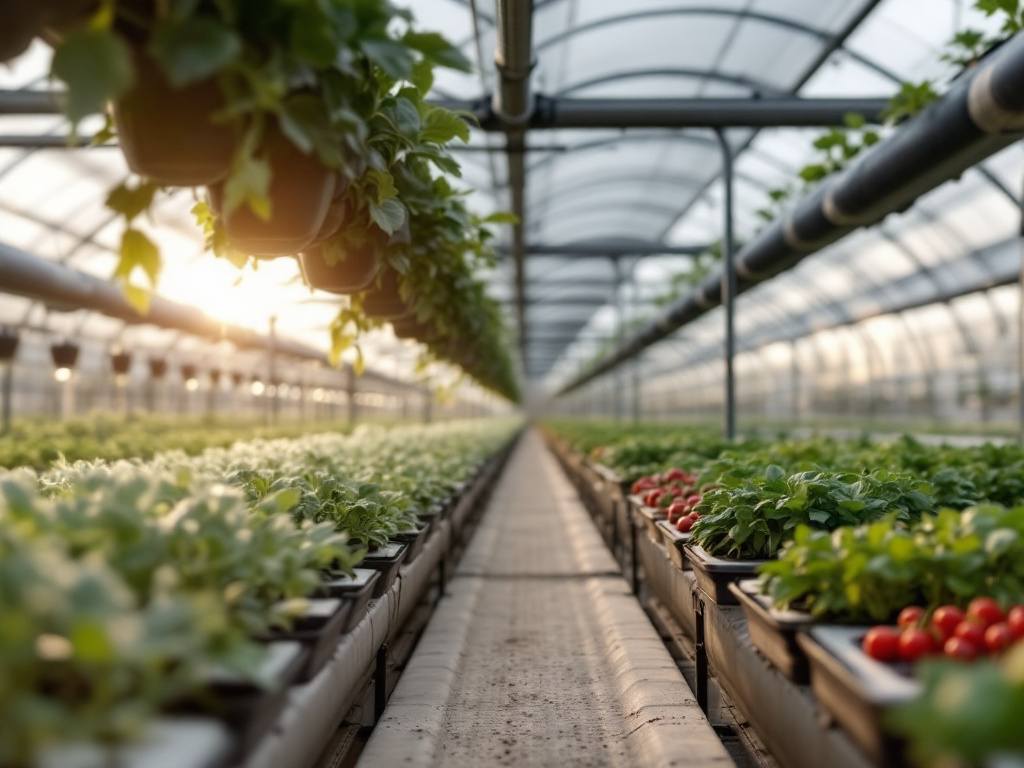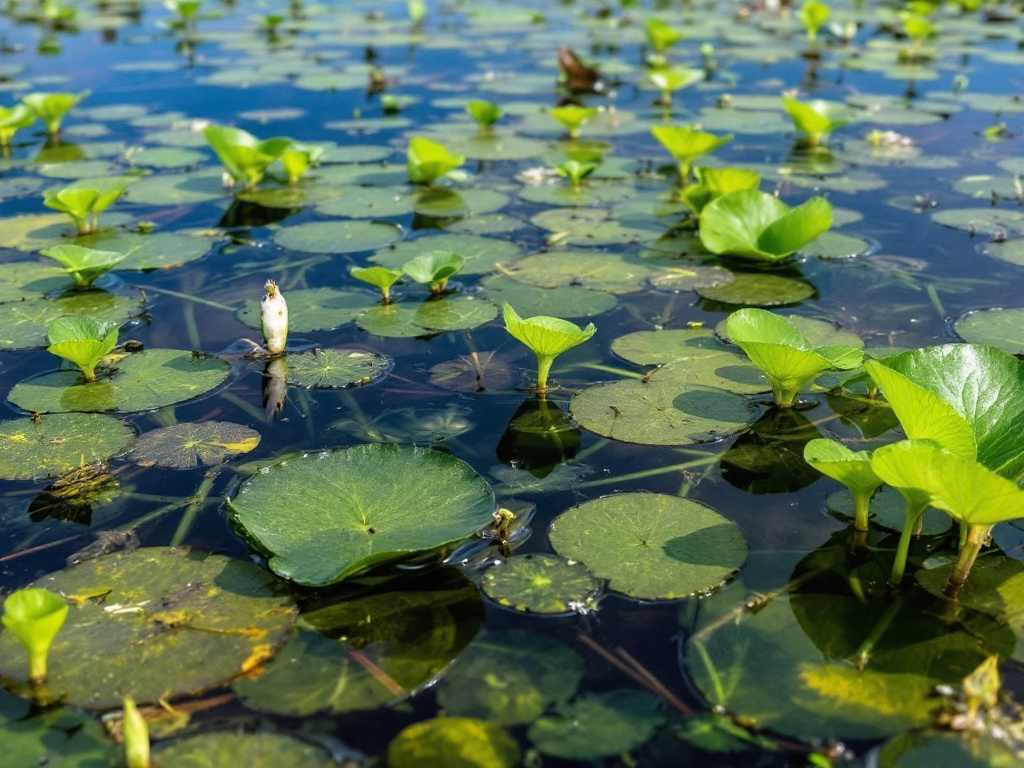Image generated by flux-ai.io & content generated by ChatGPT Version 4o-mini
New Strawberry Cultivar Could Boost Local Farming in Sumter County
Farmers and strawberry lovers in Sumter County have reason to celebrate a recent breakthrough in agriculture—an exciting new strawberry variety called ‘Florida Radiance.’ Developed by researchers at the University of Florida’s Institute of Food and Agricultural Sciences (UF/IFAS), this strawberry has shown impressive results in local fields and is poised to make a big impact on our community’s agriculture.
What Makes ‘Florida Radiance’ Special?
Introduced in 2008, ‘Florida Radiance’ has quickly become a favorite among strawberry growers. This cultivar produces large, glossy, and juicy strawberries that are not only delicious but also highly productive in Florida’s unique climate. Unlike traditional strawberries, which may not thrive in warmer weather, ‘Florida Radiance’ can flourish even as temperatures rise, making it ideal for our sunny state.
One of the standout features of ‘Florida Radiance’ is its ability to yield more fruit early in the season compared to older varieties like ‘Strawberry Festival.’ This means that local farmers can enjoy a better harvest before the spring rush, helping to maximize profits. Additionally, this new variety is less likely to suffer from problems like splitting or cavities, making it more appealing for both growers and consumers.
Local Benefits for Sumter County
With a significant portion of Sumter County’s economy tied to agriculture—especially crops like strawberries—the introduction of ‘Florida Radiance’ could be a game-changer. The strawberry industry in Florida is robust, and being able to produce higher-quality fruits earlier in the season can help local farmers compete better in both national and international markets.
Moreover, given that Sumter County has a large senior population, the availability of fresh, juicy strawberries can contribute to healthier eating habits. Strawberries are rich in vitamins and antioxidants, which are beneficial for everyone, especially older adults looking to maintain their health.
Growing and Harvesting Tips
For those interested in growing ‘Florida Radiance,’ the recommended planting window in west-central Florida is between October 5 and 15. This timing helps avoid the heat that can lead to issues with fruit quality. The new cultivar is also easier to harvest because of its long stems, making it a great option for local farmers and even backyard gardeners.
Irrigation practices are also important for this variety. Local farmers are encouraged to use efficient watering methods, like drip irrigation, which minimizes water usage while ensuring that plants receive the moisture they need to thrive. This is particularly relevant for Sumter County, where water conservation is essential.
Conclusion
The introduction of ‘Florida Radiance’ offers exciting possibilities for Sumter County’s agricultural community. Not only does it promise better yields and quality, but it also aligns with local values of sustainable farming and healthy living. As our farmers embrace this innovative strawberry cultivar, Sumter County could see a boost in both its economy and the health of its residents. Whether you’re a seasoned farmer or just love strawberries, this news is sweet for everyone!
References
Error generating citation: 410 Client Error: Gone for url: https://edis.ifas.ufl.edu/publication/HS400

